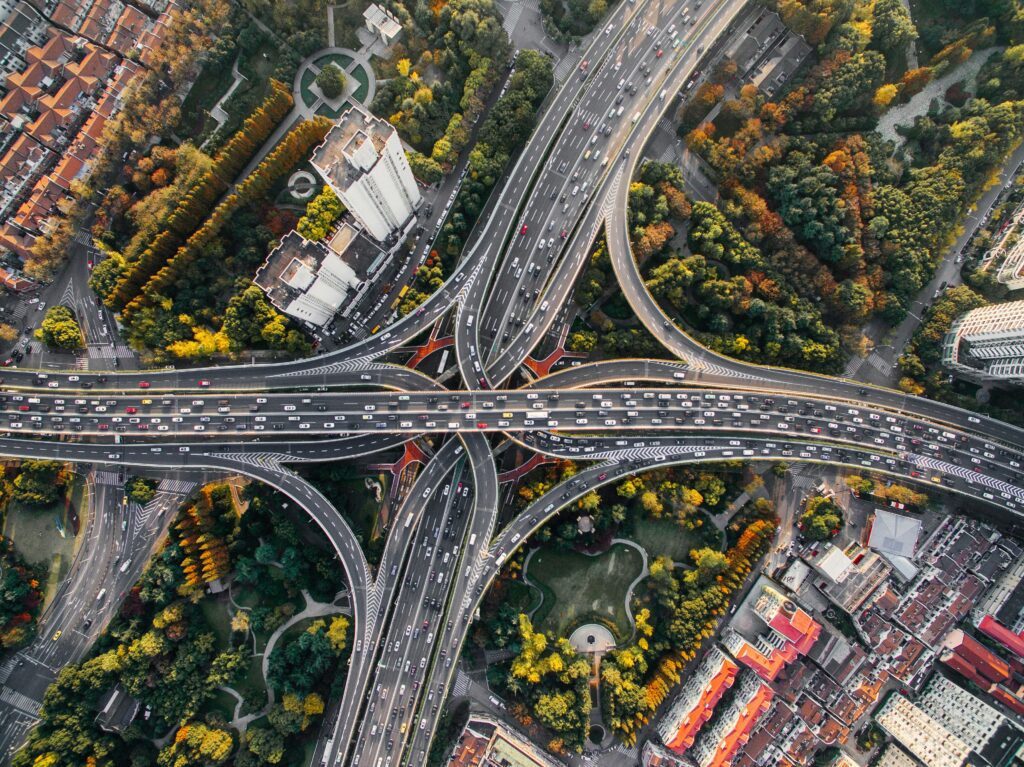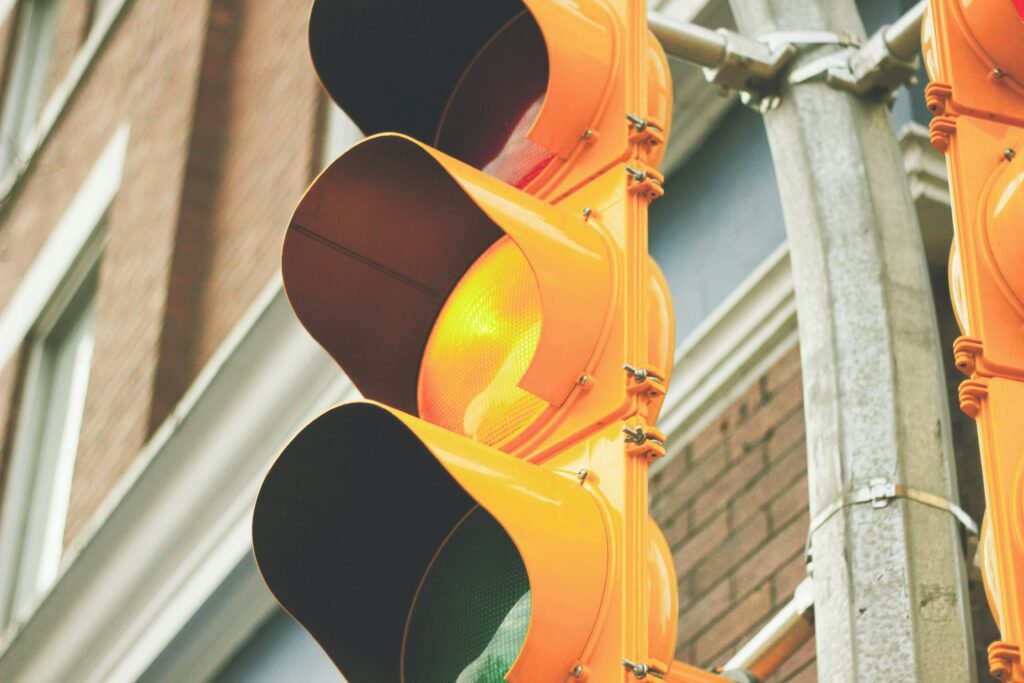I remember I used to have a utilitarian attitude towards cars, wondering why people would spend so much money on something whose entire purpose was to get you from point A to point B. That was before I got the chance to drive and eventually buy a 2006 BMW 325i. Sure the 325i is no M4, but it was a significant improvement over my 2000 Honda Civic EX. The difference in acceleration was palpable, transforming my daily commute from a mundane task into a genuinely enjoyable experience.
Contents
7 Reasons Why Car Acceleration Matters
This newfound appreciation for quicker cars wasn’t just about the thrill; it made me realize the importance of acceleration in vehicles for a variety of reasons.
1. Enhanced driving pleasure
Let’s dive right into the heart of it, a faster car is simply more fun to drive. There’s a primal, guttural satisfaction in pressing the accelerator to the floor and being slammed back into your seat. If the car is an extension of your own free will, then driving fast is freedom in its purest form.
A car that can accelerate quickly brings the road to life. It turns every green light into a starting line and every highway into a personal proving ground.
The average American spends over an hour per day in their car; if you can turn that time into something you enjoy doing, you’ve greatly improved your quality of life. I can only describe it as bringing color to an otherwise black & white experience.
2. Pride in your vehicle
It’s hard to feel any type of emotional attachment to something that brings you no joy. I never looked forward to driving my Civic, and never cared to talk about it; I viewed it the same way you might view a household appliance – it did its job. In fact, the only time I really appreciated it was when I had no car. Like health being a crown the healthy wear, that only the sick can see, having a car is a luxury that you often appreciate only when your car is in the shop, or when you look at the misery on the faces of people waiting for the bus.
However, it’s different when your car is actually enjoyable to drive, as cars with good acceleration are. Suddenly you find yourself thinking about it, looking forward to driving it again, talking about it excitedly with other enthusiasts. Faster cars are generally more aesthetically pleasing as well, so you can also admire its beauty.
In other words, the car brings you joy even when you aren’t driving.
3. Safety in overtaking
Some people are more risk-averse than others, and telling them that a car with good acceleration is more thrilling might not be much of a sales pitch. However, in certain situations, it is safer when your car can accelerate quickly.
One of the prime examples of this is when you’re overtaking another car. A faster car means that you’ll spend less time on the wrong side of the road, which not only will reduce your stress but makes it less likely that you’ll be in a head-on collision.
With this newfound confidence in your ability to overtake, you’ll also be more willing to do it, which means less time wasted behind someone driving slower than the speed of traffic. A lot of times when you’re not in a car that can accelerate quickly you won’t even consider overtaking unless there is an ocean of visible space with no oncoming traffic.
This can be a real problem if you’re someone who lives in a rural area, where you can go miles without the opportunity to pass someone.

4. Confidence in highway merging
Another situation where improved acceleration is safer is when you’re merging onto a highway.
Here in Dallas, Texas, the highways are often compared to Mad Max, with good reason too. There’s hardly any space to merge from the on-ramp, the people drive recklessly, and it’s almost always filled with traffic. In situations like these, acceleration is essential. The logic is simple: the faster you can accelerate, the quicker you can get up to the speed of traffic, which makes a rear-end collision less likely during a merge.
5. Lane changing
There are certain times when you need to change lanes quickly. For example, one time I was on the highway and there was a couch right in the middle of my lane. This isn’t the type of object you can just drive over, so it was imperative that I switch lanes, a process that is much easier when you can quickly accelerate. After all, if you switch lanes and don’t improve your speed quickly enough, the person behind you might crash into you, or swerve and cause a collision with someone else.
This isn’t only useful when dodging foreign objects; any time where your lane slows down abruptly or ends without you knowing it will require moving over swiftly.

6. Yellow lights
Ever find yourself hesitating when the traffic light turns from green to yellow? You’re not sure if you can make it, so you either brake and stop, costing yourself valuable time, or you awkwardly speed through the light as it turns red.
Well, if your car has good acceleration, this becomes less of an issue. When the light turns yellow, you know that you’ll be able to pick up speed quickly enough to get through the light before it turns.
7. Quicker emergency response
Vehicles used by emergency services and first responders, such as police cars, ambulances, and fire trucks, benefit significantly from quick acceleration. In these cases, the ability to respond rapidly to emergencies can be the difference between life and death, making acceleration a critical feature for these vehicles.
What is Considered Good Acceleration?
This is somewhat subjective, but I would say that a 0-60 MPH time of under 7 seconds is enough to be enjoyable and make a noticeable difference during everyday traffic maneuvers.
In 2024, it’s pretty easy to find a car that satisfies that metric. For example, the Mazda CX-5’s 0-60 time is just 6.5 seconds, proving that enjoyable acceleration is not limited to the realm of sports cars, but is something even affordable SUVs can offer.



